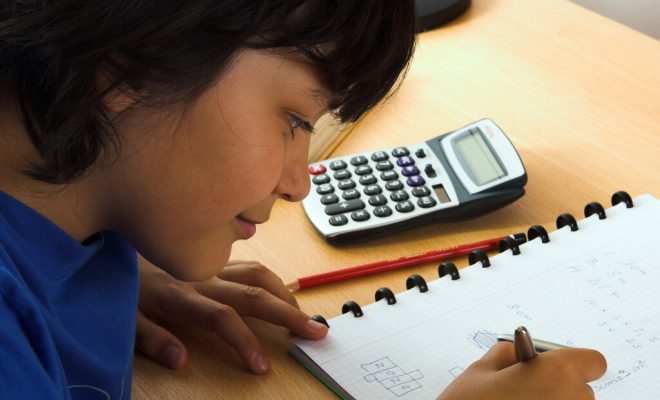Activities to Teach Students to Identify Equivalent Ratios

One of the key concepts in mathematics is ratios. Ratios are used everywhere in our daily lives; from cooking to shopping, to calculating speed, ratios are all around us. Equivalent ratios are two or more ratios that represent the same value. Simply put, equivalent ratios are ratios that may have different quantities, but their relationship remains the same. For example, 2/4 and 6/12 are equivalent ratios because they both represent 0.5 or 50%. Helping students understand equivalent ratios can be tricky, but with the right activities, teachers can make it an enjoyable and effective learning experience. This article will discuss the top activities to teach students to identify equivalent ratios.
1. Manipulatives and visuals
One of the most effective ways to teach equivalent ratios is through manipulatives and visuals. The use of manipulatives and visuals enables students to have a tangible and concrete understanding of the concept. For example, you can use blocks to represent different quantities, so students can measure and compare the ratios. Using pictures or diagrams can also be helpful in understanding fractions, and can even lead to thinking about fractional parts of a whole.
2. Ratio Tables
The use of ratio tables is another effective way to teach equivalent ratios. A ratio table is simply a way to organize ratios in a grid, making it easy for students to see how they are related to one another. Students can fill in the missing values to show the equivalence between two or more ratios. Ratio tables also help students understand how ratios can be simplified, helping to identify equivalent ratios.
3. Games
Games are a great way to engage students and teach them new concepts. Ratios can be a dry subject, but incorporating games makes it fun and interactive. For example, teachers can use card games where students match equivalent ratios, or think of games that involve a relay race where students have to identify equivalent ratios. Games make learning challenging, but they also help students to stay focused and engaged in their learning.
4. Real-Life Scenarios
One of the most effective ways to teach equivalent ratios is through real-world scenarios. Students can relate more easily to situations that are tied to their daily lives. For example, calculate the ratios of ingredients used for baking cookies, or determining the number of basketballs needed to make a specific number of hoops. These real-life scenarios enable students to learn the concepts of equivalent ratios and see how they can be applied to their daily lives.
In conclusion, teaching equivalent ratios can be a challenge, but there are several fun and effective activities that can be used to achieve this goal. The use of manipulatives and visuals, ratio tables, games, and real-life scenarios can be a great way to help students understand equivalent ratios. Implementing these activities in the classroom will make learning more interesting and engaging for students, and they will be able to incorporate their understanding of ratios into various areas of their lives.

